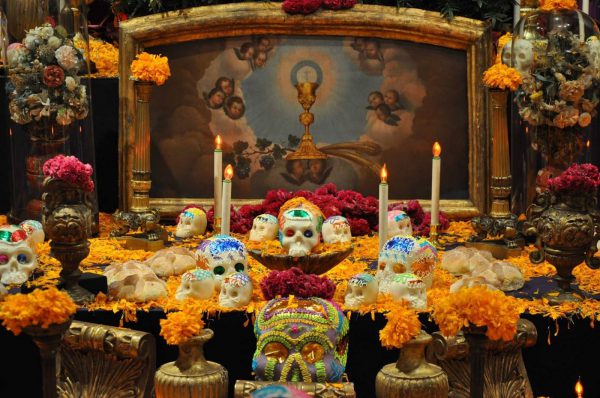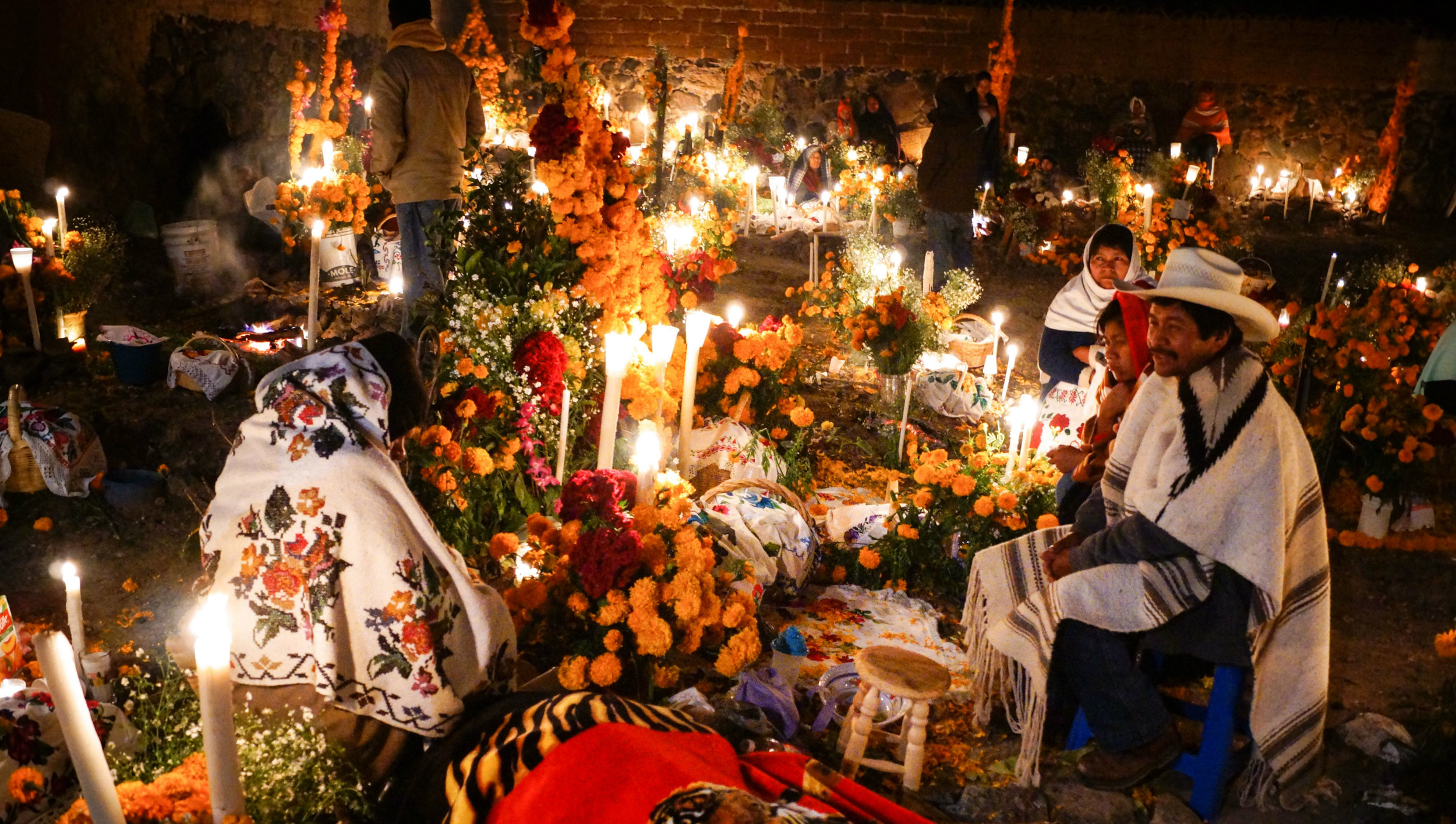The Truth Behind Dia de Los Muertos
Written by Valeria Rules
For some time now, images and stories about “Dia de Los Muertos” The Day of the Dead have been growing in popularity. Movies like Pixar’s Coco and The Book of Life have shown us the beautiful ways Mexican culture celebrates the dead. It is a sacred tradition and the real story behind it needs to be told. Most narratives of Day of the Dead are incomplete and heavily white washed and commercialized.
This day is much more than colorful skeletons, music, and face paint. This tradition is NOT the Mexican version of Halloween, but a much more ancient custom dating back 3,000 years ago to Pre-Conquest Mexico. Some historians say that celebrations in ancient Mexico started as early as August and continued into October, where festivals were held to honor the Aztec Gods of the Underworld Mictlantecuhtli and Mictecacihuatl as well as the spirits of those who had passed on into their realm.
The Day of the Dead is a perfect example of the deep mysticism that is engrained in Mexican culture. This is a celebration rooted in the belief of Spirits and their ability to come back to the world of the living for those two days. In pre-conquest Mexico it was common for many Aztecs to practice working with spirits and to use magic. Like us witches, they believed in the existence of multiple worlds and the fact that we could communicate and create relationships to the dead. To the ancients, celebrating death was a common part of life and in modern day this is what Dia de Los Muertos is about. This day unites us with death in a beautiful way so that we may no longer fear it.
The holiday itself has evolved over time, and now like many Mexican traditions is a mix of ancient Aztec customs and folk catholicism.
Catholicism forced many of the indigenous people of Mexico to believe in a heaven and hell and not in the beautiful land of Mictlan and the afterlife, but day of the dead is evidence that these indigenous traditions survived colonization. This holiday is powerful because for those of us with Mexican ancestry, it shows how resilient our ancient practices are.
These customs are sacred to the Mexican people, and should be practiced with total respect and reverence. The modern day celebration takes place on the 1st and 2nd day of November. The first day is traditionally a day saved to honor the souls of lost children “El Dia de Los Inocentes” (the day of the innocents) the second, a day to honor deceased adults.
For those of us who haven’t grown up with this tradition it is important to preserve the sacredness and celebration. Day of the dead belongs to Mexican people, and because of this, celebration of this Holiday should take part with other Mexicans if possible, and practiced with seriousness. This tradition can sometimes be washed down and packaged in a convenient way, but real celebration of this holiday takes time. Spirits deserve and require an entire two days of dedication and prayer.
A huge part of honoring the dead includes building an altar for them. These colorful creations are called OFRENDAS, a word that in Spanish means offering. This altar is commonly decorated with candles, pictures of the deceased, food and offerings to the dead and will often contain sugar skulls, and marigolds. On this day it is also really important to visit the graves of the deceased, bring them offerings and clean their spaces. Since day of the dead is supposed to be a happy time, many Mexicans will also bring “serenata” (serenade) to the dead, a mariachi band or live music and drink with them as well as cook them their favorite meals.
Many Mexicans also paint their faces with skeleton makeup. This tradition is most likely linked to the “Catrina” a symbol of death that emerged in post-colonial Mexico. Death was seen as a beautiful skeletal woman, colorful and dressed in Spanish clothing. She became a symbol for the embodiment of death as neutralizing force between the rich and the poor. When faces are painted, people symbolically become like death and are therefore united with their loved ones. The makeup transports you into the spirit world with your ancestors. Non-Mexicans who want to honor this holiday should be mindful of when they use dia de los muertos face paint and reserve it for honoring, not for costuming, or they should consider not wearing sugar skull or Catrina makeup at all. Wearing sugar skull makeup is considered disrespectful if not put on for the purpose of ritual.
As these sacred days approach, remember that the dead see and know everything. It is important to look at these traditions as beautiful but to not overstep into the cultures of someone else, especially for commercialization. Appropriation of these sacred traditions makes the spirits of the dead restless, so one must be careful not to steal from them.
A REAL tradition is passed down over centuries, it is carefully preserved and can withstand colonization. We must make the ancients proud by reclaiming the roots of this tradition.
Day of the dead teaches us all that we must not fear death, for it is our next great adventure. The dead as always, reminds us to live life to the fullest.
Happy Dia de Los Muertos!




